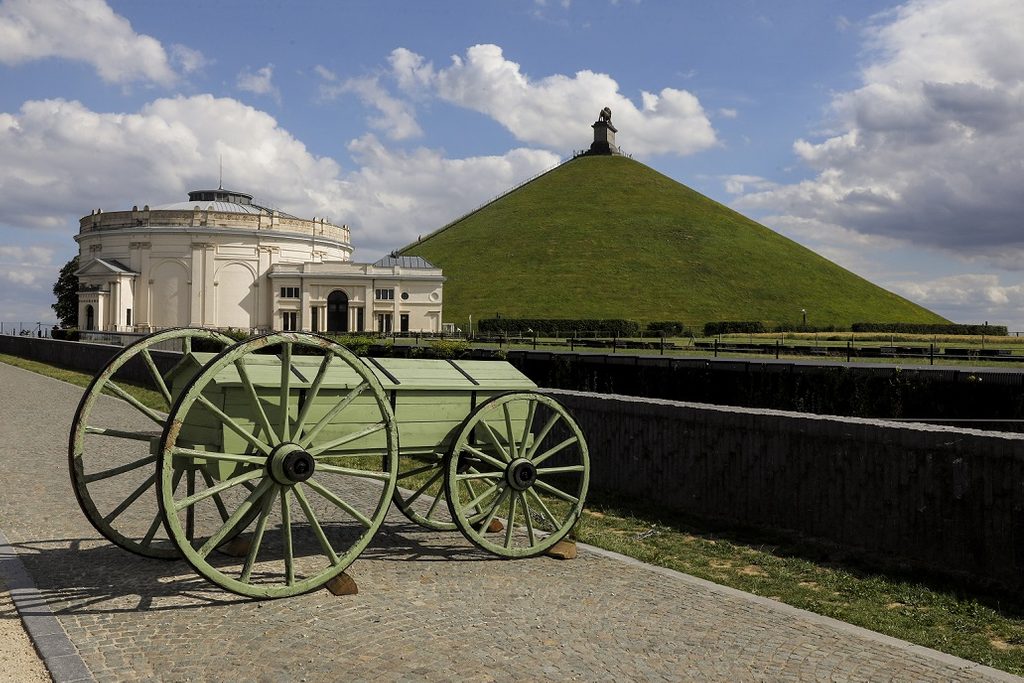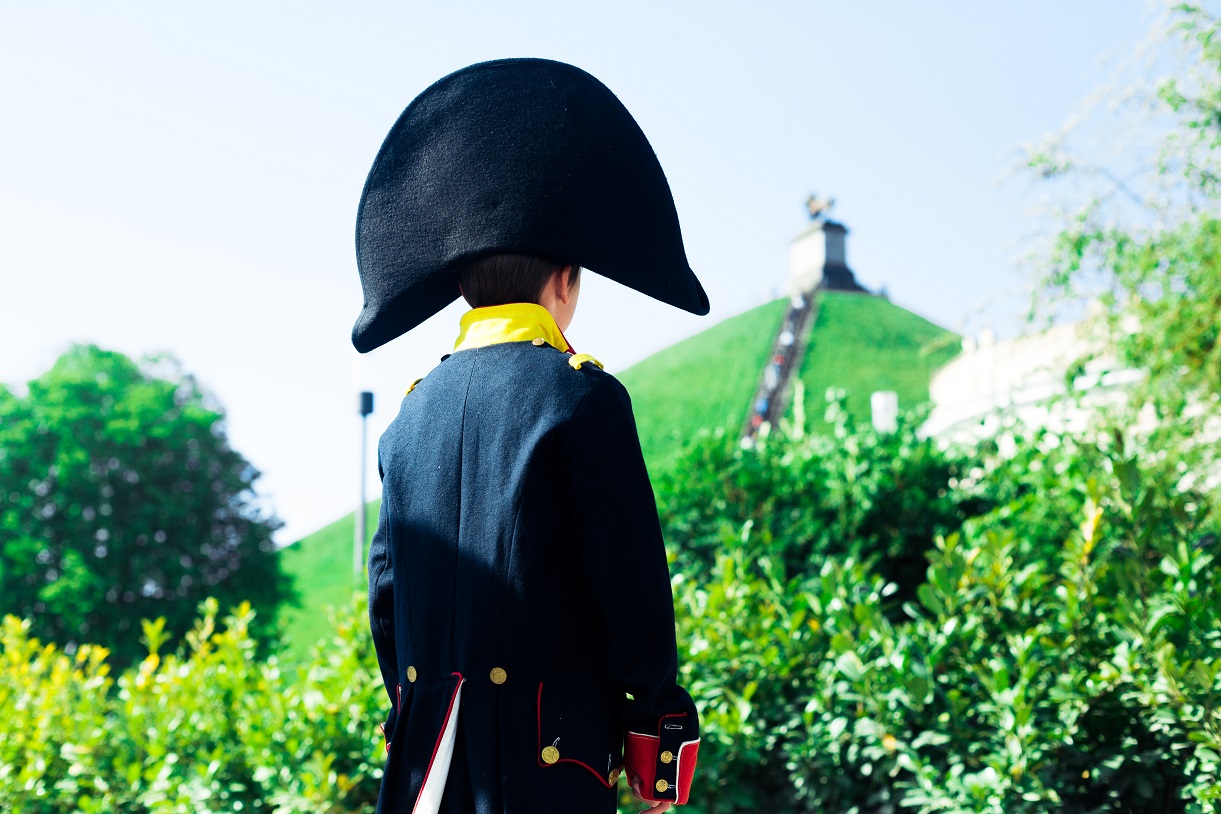The Battle of Waterloo, fought on June 18, 1815, stands as a monumental tableau, where the forces of destiny collided in the countryside some 20km south of Brussels.
Fought in the current communes of Waterloo, Lasne, Braine-l'Alleud, and Genappe, it was where Napoleon Bonaparte met his match against an allied army of British, German and Dutch soldiers commanded by the Duke of Wellington.
It represented a grand finale for the self-declared French Emperor who had reshaped Europe through a series of audacious military campaigns. After abdicating in 1814, Napoleon was exiled to the Mediterranean island of Elba, yet returned in March 1815 to reclaim his throne, in what was known as the Hundred Days. Waterloo, however, marked the definitive end to his ambitions for a new continental order under French hegemony.
Strategically, Waterloo unfolded as a masterpiece of tactical finesse and grim determination. Wellington, renowned for his defensive prowess, meticulously deployed his forces across the battlefield, exploiting the natural advantages offered by the terrain. Using infantry squares and disciplined firepower, he withstood wave after wave of attacks from Napoleon's formidable Grande Armée. The conflict was the culmination of years of military evolution and demonstrated the effectiveness of combined arms warfare.
However, the fate of Waterloo hinged not only on the brilliance of the commanders but on unforeseen events and the convergence of external forces. The late but timely arrival of the Prussian army, under the leadership of Field Marshal Gebhard von Blücher, proved decisive and tilted the scales in favour of the allied forces.
Waterloo then became the catalyst for a reordering of Europe’s political landscape. The Congress of Vienna, which had already begun in 1814, would realign the balance of power and set a new framework for stability. While imperfect, the Congress ushered in an era of relative peace for decades to come.
Testament to history
The Domain of the Waterloo 1815 Battlefield opened in 2015, two centuries after the battle, as a testament to the unforgettable confluence of destiny and history. It is designed to give visitors a comprehensive and immersive experience, affording them a deeper understanding of the events leading up to the battle and the aftermath.

The museum entrance next to the Lion Mound. Credit: Belga
Built underground to preserve the battlefield, it offers more than 2,000 square metres of exhibition space to immerse visitors in this epic slice of history, with multimedia presentations, interactive exhibits, and historical artefacts. The museum's collection includes a vast array of items related to the battle, including weaponry, uniforms, letters, and personal belongings of soldiers who fought on both sides, as well as a 30 square metre gigantic model of the forces present on the fateful morning. It notably includes a 20-minute 3D film by Gérard Corbiau steeped spectators thanks to a 180° screen, surround sound and ground vibrations.
Visitors can, of course, scale the 226 stone steps of the Lion’s Mound, or Butte du Lion, built in 1826 by the Dutch Crown on the presumed spot where the Prince of Orange was injured, for a prodigious view over the entire battlefield. And there is the Panorama, built for the centenary in 1915: it was only supposed to last a few years but remains today. The huge 360° fresco painting by Jules-Louis Dumoulin is like the 3D of its time.
A 15-minute walk through the battlefield takes visitors to Hougoumont Farm, attacked by Napoleon’s forces in a diversionary tactic, becoming the most violent spot of Waterloo. And from April to October, visitors can see a period enactment at the foot of the Lion’s Mound: soldiers in uniform will fire cannons, shoot rifles and engage with onlookers to convey how the encounter might have been for the real men and women caught up it.

